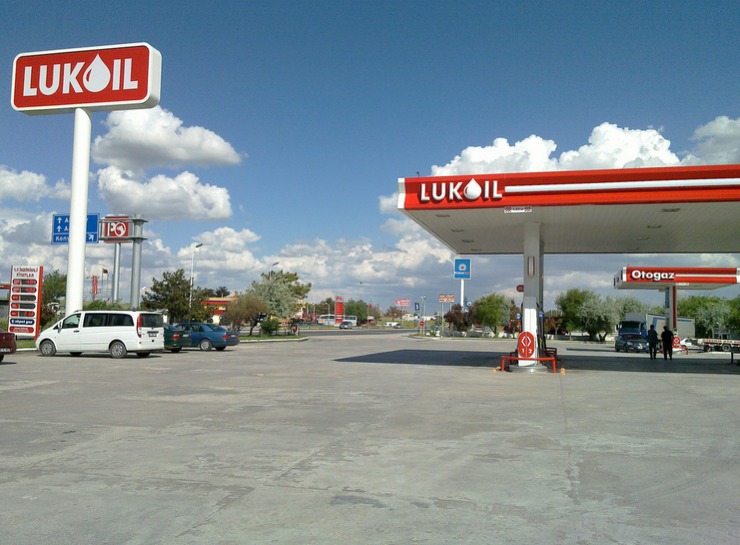Forbes magazine columnist Richard Lehmann recently asserted that BB-rated corporate bonds are not, as a whole “junk.” In fact, he contends that right now “BB-rated securities offer the best risk/reward combination.”
That’s welcome optimism for the income starved, but it’s also a bold statement in today’s world. Yes, there are a few green sprouts — housing and jobless metrics have been looking a little better — but the economy is unanimously deemed shaky.
Still, investors are desperate for yield, and so they’re taking risks that they haven’t in the past. They’re going way out on the maturity timeline and dipping their toes in the sub-investment-grade waters. Take a minute to digest this stat: In the third quarter, sales of junk bonds were nearly four times what they were in the same quarter a year ago.
Conventional wisdom would inform us that this “yield panic” is an example of en masse recklessness. And it may well be, but not necessarily because more money is flowing into junk. Rather, I find it it reckless because I believe it is likely that many of these investors are misallocating the amount that they invest in junk.
Americans are conditioned to much higher yields on their investments than are available today. It wasn’t so long ago that a standard bank savings account yielded 5.25%, and it was, as now, considered among the safest — and for many, among the least attractive — of all investments. But today, who wouldn’t kill for a government-insured, demand-deposit account that yields 5.25%?
Unfortunately, investment-grade securities that return what investors are accustomed to receiving are scarce. But they want it anyway. They always had it before, they were counting on it in retirement, and now they’re desperate to get it, even if they have to take more risk.
Okay, but can this somehow be construed as a rational approach? It cannot, without due consideration for personal risk tolerance. The amount of acceptable risk for an individual depends on all kinds of variables, including, but not limited to total assets, age and lifestyle. A quick, very generalized, illustration: A 30-year-old could go “all in” to BB-rated bonds for the same reason that he could invest all of his money in stocks. His age might suggest he has time to recover from any potential declines. An 80-year-old, on the other hand, might prudently devote just 10% or less to BB-rated bonds.
Thus, Mr. Lehmann’s assertion about BB-rated bonds may be correct, but it needs some context, lest his readers dump all of their money into bonds that are less than investment grade.
In investing, it all comes back to asset allocation, and whether BB bonds are junk is more matter of nomenclature than investment strategy. But unless there is a particular reason to avoid risk at all costs, there probably is a place in any given portfolio to reach rather far to seek greater yield. The overriding caution is that, notwithstanding Mr. Lehmann’s risk/reward judgment, non-investment-grade bonds should comprise only an appropriate portion of a person’s portfolio based on their personal financial circumstances.
Once that percentage is determined, how does an individual go about making the investment? Two easy ways are through a mutual fund or by subscribing to a “mirroring model.”
The average credit quality of the DoubleLine Total Return Bond Fund (DLTNX), for example, is BB, and the fund yields 6.3% (as of Nov. 30). DLTNX manager Jeffrey Gundlach arrives at the BB average by taking a barbell approach, with 70% rated AAA and more than 20% rated B or below. In my opinion, the fund also has a particularly attractive risk feature: an average duration of 1.59 years, which roughly means that a 1% rise in interest rates would result in just a 1.59% decrease in net asset value.
Investment mirroring services also contain models that seek higher yield without taking too much risk. One such example is my own Stable High Yield model on Covestor. Since inception on July 7, 2011 the total return has been 8.9% net of fees (as of Nov. 30). I, too, take something akin to a barbell approach, with 42% committed to high-yielding mortgage real-estate investment trusts and 43% in short-term bonds and cash. Covestor ranks the model’s risk as 2 on a scale of 1 to 5, with 1 being the least risky.
“Investment grade” is an imprecise term, especially given the rating-agency debacle of a few years ago. But allowing that it still describes securities of acceptable investment-grade quality, it doesn’t necessarily proscribe a riskier, high-yield component in a portfolio.
Just don’t go “all in.”
Disclosures: The author owns shares of DLTNX. Investment data cited is current as of Nov. 30, 2012.
Performance discussed is net of advisory fees, and does not include reinvestment of dividends or other earnings.
Certain investments discussed in this presentation are for illustrative purposes only and there is no assurance that the adviser will make any investments with the same or similar characteristics as any investments presented. The investments are presented for discussion purposes only and are not a reliable indicator of the performance or investment profile of any composite or client account. Further, the reader should not assume that any investments identified were or will be profitable or that any investment recommendations or investment decisions made by model managers in the future will be profitable.
Certain information contained in this post is based upon forward-looking statements, information and opinions, including descriptions of anticipated market changes and expectations of future activity. The author believes that such statements, information, and opinions are based upon reasonable estimates and assumptions. However, forward-looking statements, information and opinions are inherently uncertain and actual events or results may differ materially from those reflected in the forward-looking statements. Therefore, undue reliance should not be placed on such forward-looking statements, information and opinions.



